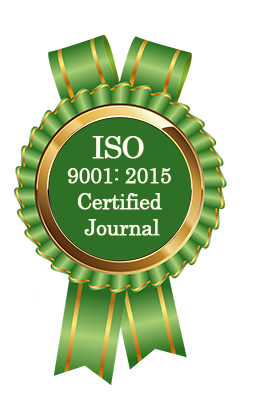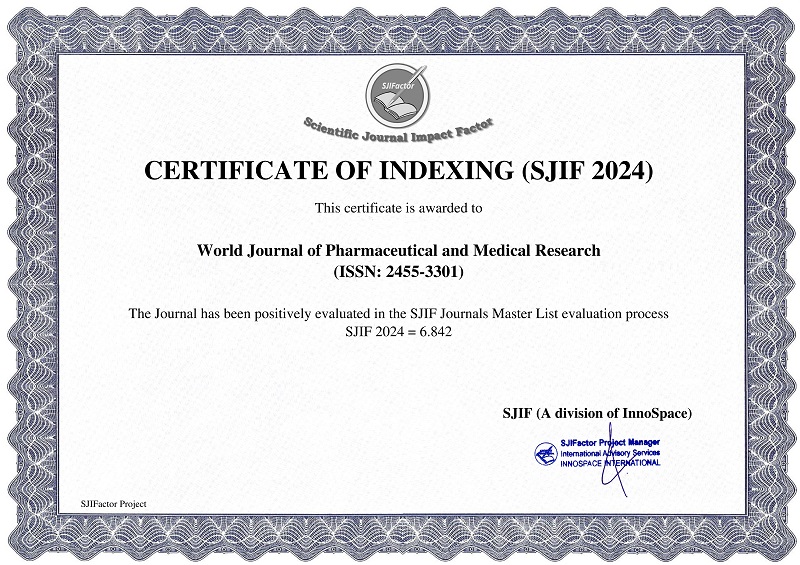AYURVEDIC APPROACH TO ARMA (PTERYGIUM): A REVIEW ON EYE DROP FORMULATION FROM CLASSICAL ANJANA
Dr. Rashmi Bisht*, Dr. Shaweta, Dr. Swati Chauhan, Dr. Ankita
ABSTRACT
Pterygium (Arma) is a fibrovascular growth of the conjunctiva that can compromise ocular surface health and vision Ayurveda classifies Arma into five types—Prastari, Sukla, Kshataja, Snayu & Adhimansaja—which differ in morphology, progression, and prognosis. Management is further individualized through Rogi Pariksa, assessing Prakriti (constitution), Satva (psychological resilience) & Netra Bala (ocular strength). For patients unwilling or unsuitable for surgery, classical Ayurvedic ocular formulations provide a non-invasive therapeutic option. Nayansukha Varti (Chakradutta) & Pippalayadi Anjana (Yogaratnakara), reformulated as eye drops with Madhu (honey), though not mentioned in classical texts, is utilized as a Yogavahi and preservative, enhancing ocular bioavailability and shelf life. Nayansukha Varti, primarily containing Pippali and Haritaki, exhibits Sothahara (anti-inflammatory), Rasayana (rejuvenative), Chaksusya (vision-promoting) and Raktashodhaka (blood-purifying) actions, making it suitable for early-stage Sukla and Prastari Arma, especially in patients with Pitta Prakriti or low Netra Bala. Pippalayadi Anjana, with a broader polyherbal composition (Pippali, Haritaki, Vibhitaki, Amalaki, Laksha, Lodhra, Saindhava, Bhringaraja), provides enhanced Lekhana (scraping), Ropana (healing), antioxidant, & tissue-regenerative effects, supporting its use in advanced types like Adhimansaja, Khataja, and Snayu Arma in patients with robust Kapha Prakriti and good Netra Bala. This review integrates classical Ayurvedic knowledge with modern pharmacological insights, highlighting the individualized, multi-targeted mode of action of these eye drops as safe, non-invasive alternatives in pterygium management.
[Full Text Article] [Download Certificate]



